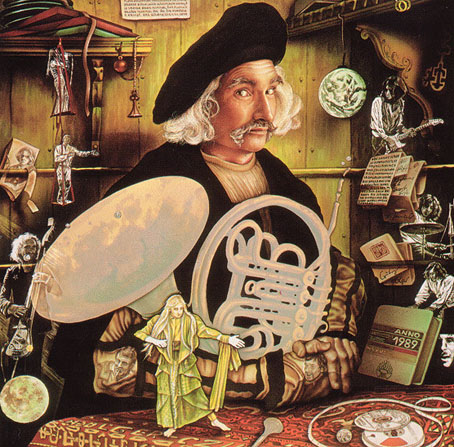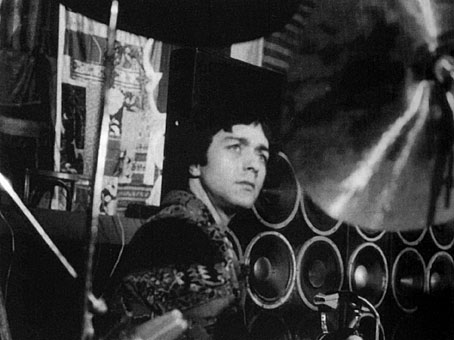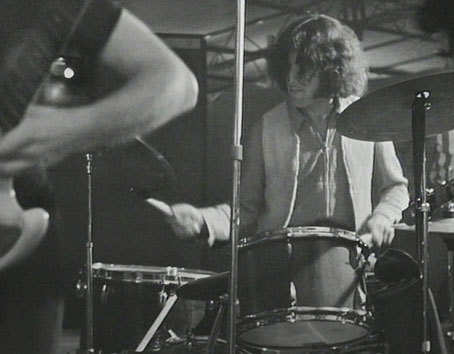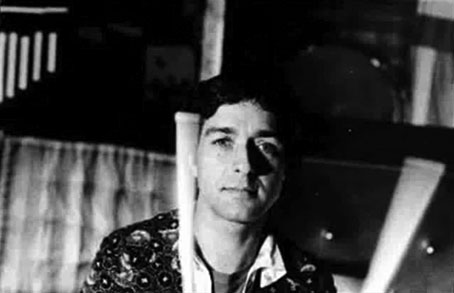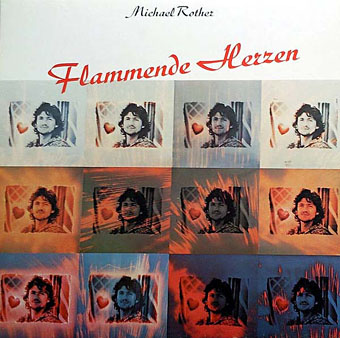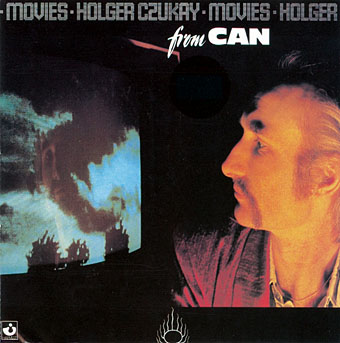Turn the dials with your hand / Till you find the shortwave band
Kraftwerk
The sounds of the radio, especially the distant voices and atmospheric distortions of the shortwave band, were a continual presence in the work of the late Holger Czukay. The Canaxis piece on his first album outside Can (also known today as Canaxis) opens with a series of electronic bleeps reminiscent of (or maybe derived from) radio signals. In Czukay’s later TV appearances with Can he left the bass playing to Rosko Gee, preferring instead to stand at the side of the stage with a collection of radios and tape machines. On one of his first high-profile collaborations of the 1980s, David Sylvian’s Words With The Shaman, he’s credited solely with “radio”. The radio continued to provide source material for his subsequent collaborations and solo albums.
What you have here is my own mix of some favourite Czukay compositions all of which favour radio signals. The title is derived from the two tracks taken from the Full Circle EP, a collaboration between Czukay, Jah Wobble and Jaki Liebezeit; Full Circle and Mystery are both labelled “RPS” or “Radio Picture Series”. Being numbered pieces this has always begged the question of where the other six in the series might be. Now the composer is gone we may never know.
Tracks:
Jah Wobble, Holger Czukay & Jaki Liebezeit—Full Circle R.P.S. (No. 7) (1981)
Holger Czukay—Music In The Air (1987)
Jah Wobble, Holger Czukay & Jaki Liebezeit—Mystery R.P.S. (No. 8) (1981)
Holger Czukay—Radio In An Hourglass (1992)
Holger Czukay—Traum Mal Wieder (1984)
Holger Czukay—Mirage (1999)

